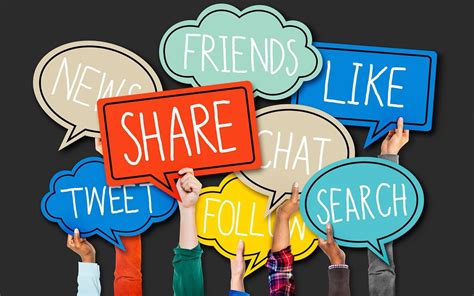In the digital age, the way we communicate has transformed drastically. However, the etiquette around digital messaging, especially in professional settings, seems to have lagged behind. A point of contention is the seemingly innocuous greeting ‘Hello’ in chat applications. While traditional etiquette might favor a friendly opener, in asynchronous work environments where communication is not immediate, starting a conversation with ‘Hello’ can lead to inefficiencies. It functions like a knock on a door that might not open for hours, leaving the initiator waiting and the recipient dreading an unknown request.
Many users express their frustration over the ‘Hello’ initiation in professional chats, comparing it to being put on hold during a phone call. This approach forces the recipient to stay in a state of suspended engagement, waiting for the actual content of the message. It’s like starting a phone call, saying ‘Hello’, and then pausing indefinitely. This can lead not only to wasted time but also to increased anxiety and reduced productivity. The key issue here is the interruption of flow state and the cognitive load it imposes on recipients who prepare mentally for a conversation that may not ensue immediately.
Experts suggest a direct approach where one states their purpose right at the beginning of the message. For instance, saying, ‘Hello, I have a question about our upcoming project deadline,’ helps the recipient immediately understand the context and urgency of the message. This practice respects the recipient’s time and cognitive resources, allowing them to better manage their workflow and respond more effectively. It aligns with the concept of effective communication where clarity and respect for the recipient’s time are paramount.
From a technical perspective, asynchronous communication tools like email and chat platforms are designed to facilitate time-shifted conversations. These tools work best when used in a way that accommodates their inherent latency. By skipping the initial pleasantries and cutting straight to the chase, we can eliminate unnecessary wait times and make digital communications more efficient. This approach is not about diminishing politeness but rather about adapting our manners to the medium and respecting the asynchronous nature of modern digital communication.
Adherence to this direct communication method could potentially revolutionize workplace efficiency, particularly in remote or globally distributed teams. The adjustment might be challenging for some, conditioned by traditional communication standards that favor a more personable approach. However, the benefits of making this transition—a reduction in frustration, increased productivity, and clearer communication—can far outweigh the initial discomfort.
Implementing a shift in communication behavior involves educating team members about the benefits of direct messaging and setting clear expectations for communication practices. Employers and team leaders can play a crucial role by advocating for these practices and modeling them in their interactions. Tools and platforms might even consider integrating features that encourage direct inquiries, such as custom auto-replies or prompts that guide users in framing their messages succinctly from the outset.


Leave a Reply